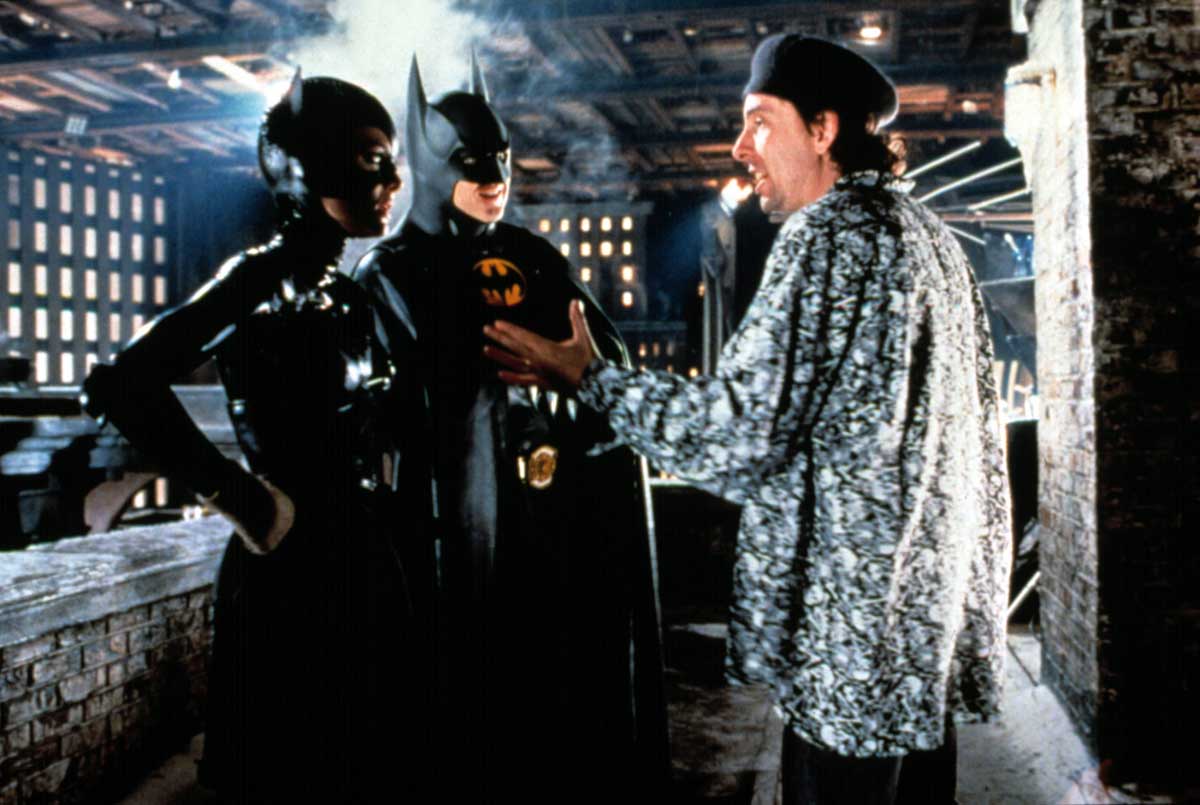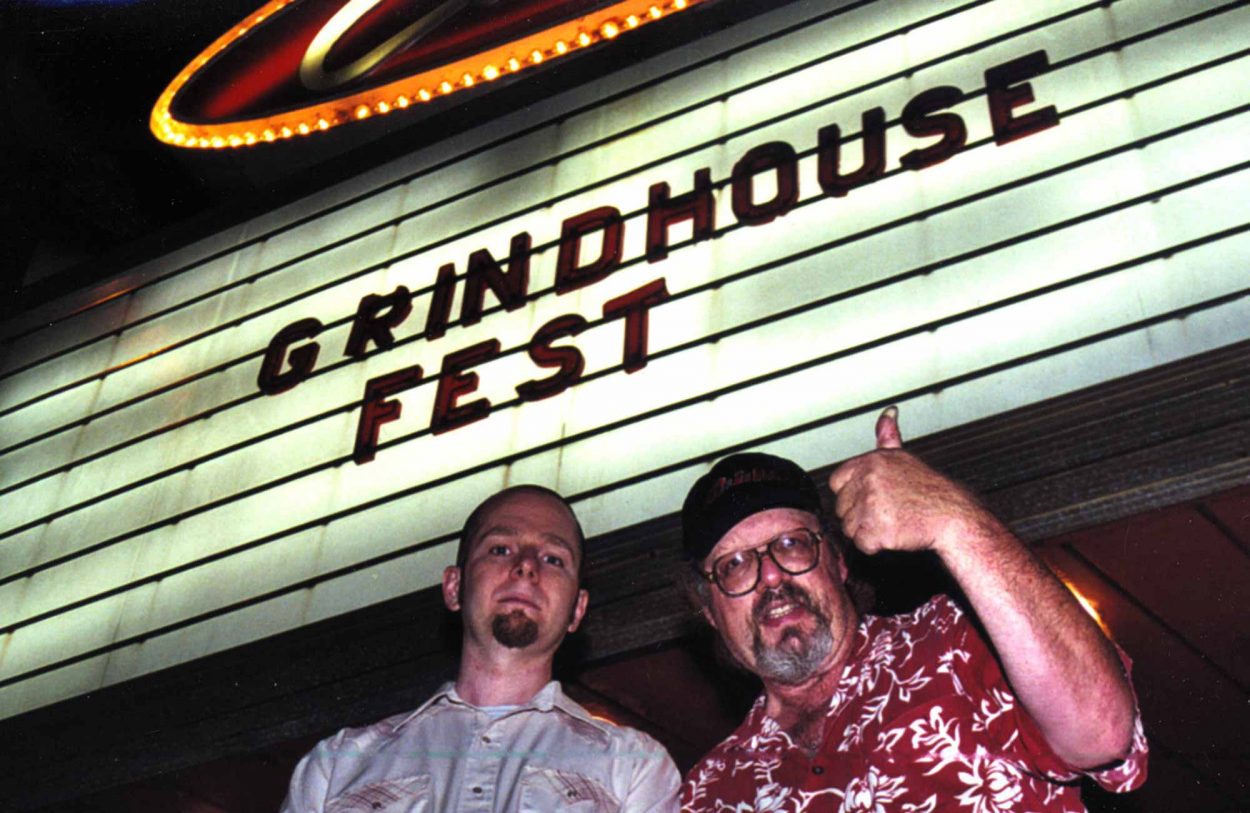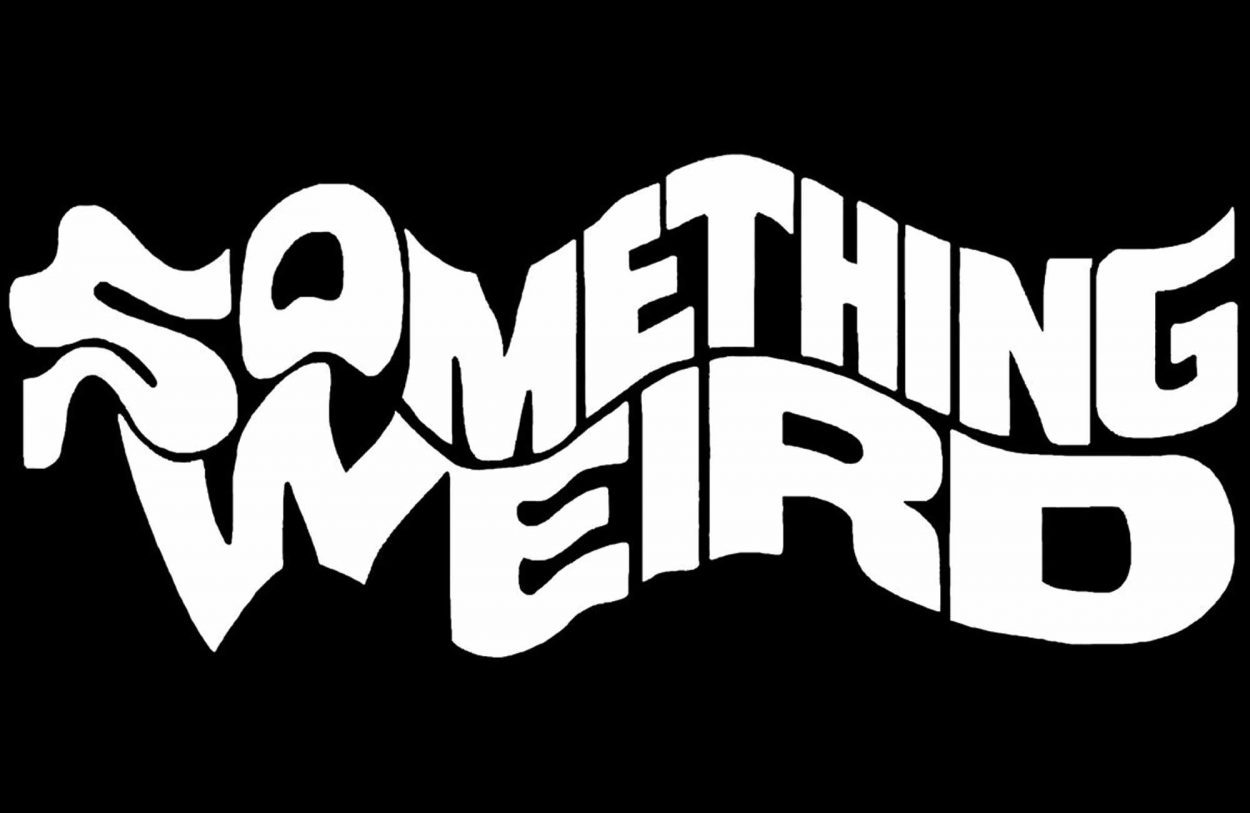For those who pay attention to such matters of pop culture effluvium, in 2001, there was a minor altercation between filmmaker Tim Burton and ’90s indie guru Kevin Smith. The ending of Burton’s remake of Planet of the Apes (which I shall not give away here) evidently bore a more-than-passing resemblance to the ending of an Apes-themed “Jay and Silent Bob” comic that Smith had authored three years previous. In an interview with The New York Post, Smith – he thought jokingly – said that he felt “robbed” and that he was “talking with [his] lawyers about possibly suing.” Smith, possessed of a wry and sarcastic sense of humor, didn’t think much of his comments, hoping that readers would understand his utter lack of outrage.
Burton, evidently, didn’t understand the joke and famously responded in The New York Post with the following statement: “I have not seen the image and anybody that knows me knows I do not read comic books. And I especially wouldn’t read anything that was created by Kevin Smith.” Ouch. Smith has cleared the air several times since the public incident and has never had any hard feelings on the matter (go so far as to declare he’ll use Burton’s quote on the back of his next comics collection).

Burton, however, admitted something telling and perhaps vital in that statement. That he doesn’t read comic books. An odd thing for the director of 1989’s Batman and 1992’s wonderfully twisted and certainly superior Batman Returns (playing at the New Beverly as its December 1st & 2nd kiddee matinee) to say out loud. Burton, it turns out, was no fan of Batman comics. The notion of a non-fan making a comic book movie is, of course, anathema to our pop-oversaturated modern blockbuster ethos; Disney has (if it must be repeated) raked in billions of dollars by catering directly to the whims and desires of established fans of well-known comic book properties. If any of the filmmakers involved in the decade-long 20-film Avengers cycle admitted openly, as Burton did, that they didn’t read comic books, they would be pilloried by the public and possibly formally censured by the corporate behemoth.
Burton’s admission, however, may have revealed why Batman Returns is as good as it is. Burton, armed with a large-scale mega-hit already under his belt, seems to have been given a good deal more creative leeway, expanding deeply into the expressionistic and noir-influenced shadows of his own wonderfully active imagination. Batman Returns is a fine Batman film, but more than that, it’s an excellent Tim Burton film.
Batman Returns takes place in a snowy, Christmastime Gotham City, envisioned as a blackened concrete labyrinth of impossibly high spires, forbidding alleyways, and wet, rotting, frozen intestinal sewers snaking around underneath the ground. This Gotham City possesses no warmth, no love, no chance for redemption. It is a mix of The Asphalt Jungle and The Cabinet of Dr. Caligari. Batman Returns is ostensibly a superhero adventure, but it looks and feels like a blend of film noir and German Expressionist silent horror movies. Ironically, the central tenet of both noir and much of silent horror is that there are no more heroes. Only depravity and monsters live in these worlds, and the noble are either absent, or are meant to suffer and to be corrupted.

To put a costumed superhero in the middle of this world is to invite complex tragedy. Bruce Wayne (Michael Keaton) is wrestling with his duality. In conversations with Selena Kyle (Michelle Pfeiffer) he explains that he wasn’t able to maintain a relationship because he was living “two truths.” Bruce Wayne, in Batman Returns, is teetering on the edge of losing his identity, on the cusp of becoming a nonentity entirely. It’s only when he’s dressed in his outlandish bat costumes pounding psychopathic clowns in the face that he appears to have any passion. This Batman also has no compunctions about committing murder. In Batman Returns he straps a bomb to a clown’s chest and throws him down a manhole. This Batman is not a psychopath, perhaps, but the line between him and the villains is a little thinner this time around.
This Batman perhaps enjoys being an outsider. Tim Burton frequently made films about awkward outsiders (often in Goth clothing) who have no place in the daylight world of squares and normies. In Batman Returns, we’re treated to three such figures. Bruce Wayne who is conflicted about his still-facing-outward status, Selena Kyle who is embracing her darker impulses by gallivanting around town as Catwoman, and Oswald Cobblepot a.k.a. The Penguin (Danny DeVito) a sewer-dwelling misanthrope who actively hates the world above.

Burton has likely always felt the same way. Raised in Burbank – in the shadow of Disney – Burton found himself drawn as a young man to monster movies and horror icons. One of Burton’s very first shorts was Vincent, a poem about the tragic life of a young man who thinks he’s Vincent Price, and who is trapped by his own dark impulses and the need to be the hero of a horror movie. Burton, in public, often appeared gawky and shy, dressed in black clothing and sporting a mane of uncombed hair. His style said a lot about what you needed to know about him: I don’t belong in this world. I belong in the world of cartoon death. Indeed, Tim Burton may be one of the primary influencers of Gothic style, having invented the character of Lydia Deetz, the Goth schoolgirl from 1988’s Beetlejuice. Lydia is a far more sympathetic a figure than the status-obsessed yuppies she lives with.
In 1991, Burton made Edward Scissorhands, the story of a Frankensteinian non-human creation that hurts everything he touches and only longs for love and human contact and to help the people he cares about. If that’s not a character from a high school Goth’s poetry recital, I don’t know what is. By the time Burton was making Batman Returns, his open and continued thesis of the plight of outsiders was finally codified in the world of blockbusters.

In Batman Returns, the outsider characters know they are weirdos. They compare themselves to one another. “You’re just jealous,” the Penguin cries to Batman during the film’s climactic fight “that I’m a genuine freak, and you have to wear a mask!” When Catwoman and the Penguin finally meet for the first time, they naturally express their mutual hatred for Batman but also acknowledge that they also have a similar appetite for destruction and “contempt for the czars of fashion.” The mainstream rejected all three of the film’s leads from their social impulses right down to the fetishistic outfits they wear. Their sexuality is not welcome here. Now they are trapped in the shadows whether they want to be there or not. Most damningly, at the film’s end, Catwoman declares that walking away from freakish violence is pretty much not an option for any of them. This is right before doing something really horrible with a taser.
Batman Returns was a huge hit (it made $266 million at the box office, and that’s 1992 dollars), although it seems that Warner Bros. didn’t really know what to do with it in terms of “mainstreaming” it. The characters were superficially ripe for adaptation into toy products, but Burton made them odd and off-putting; did kids want a toy of a sharp-toothed, horny ghoul like the Penguin? Who says inappropriate things to women, rams raw fish guts into his face, and who wants to kidnap and drown children out of spite? Did they want Catwoman, a woman in skin-tight vinyl, a corset, super high heels, and wielding a whip? This Catwoman was less a vigilante and more an antidote to sexualization. You can sexualize me, she says, but only if I’m your dominatrix. Did kids want the team of evil clowns as toys? The slimy Trumpian mogul Max Schreck (Christopher Walken), named after the actor who played the disease-infested vampire in 1922’s Nosferatu? None of this seemed like it was a lot of fun. You could still get tie-in Batman Returns Happy Meal toys at McDonald’s, but it all felt so wrong. Why are there toys of these creeps and oddballs?
The central appeal of superheroes is, I think, the fact that they live in a world of moral absolutism. There are “good guys” and “bad guys,” and problems are easy to solve: Just punch and overpower your foes. Nobility will out. Some mainstream superheroes “daringly” skirt toward a morally gray area, of course (see: The Punisher), but overall the moral lines are still easy to see. Batman Returns seems to take place in a world where those lines are a long-forgotten memory.
In this world, there are no more heroes.


